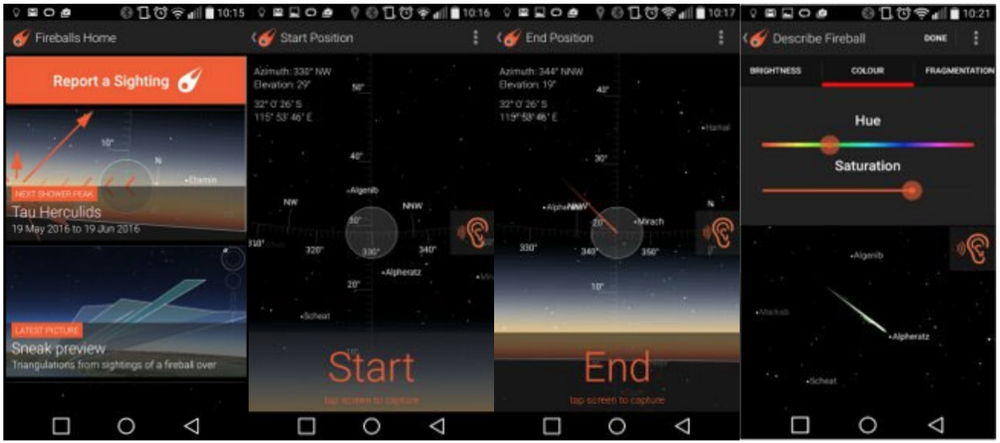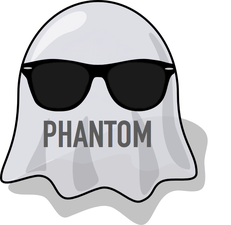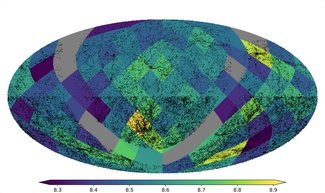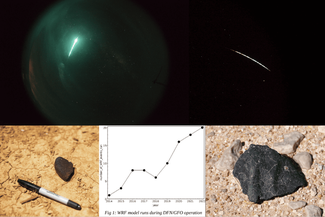
In 2014, the outreach arm of the Desert Fireball Network – Fireballs in the Sky, commissioned a smart phone application to report meteors and fireballs. It was well received and was awarded the Eureka Prize for Innovation in Citizen Science in 2016. Its primary goal, other than engaging the public in planetary science, was to help the public accurately report fireball events. This intuitive app-based version complements a web-based version provided by the International Meteor Organisation (IMO). Furthermore, the app informs users of major meteor showers and where to observe them. The app was made for Android and iOS, free of charge and free of ads. Unfortunately, keeping up with Android and iOS updates was not budgeted as part of the program. The app is now no longer compatible with newer devices.
The Android app is in Java when many new Android apps are transitioning to Kotlin. The iOS app was done in Objective C which is harder to a maintain and has less performance compared to using something like Swift. Additionally, the old app was connecting to a custom back-end which did not allow for automatic integration with other web-based reports that feed into the central International Meteor Organisation (IMO)database.
As part of this project ADACS developers reviewed all the existing code, met with the science team to understand what features needed to be kept, what could be dropped, and what new features needed to be developed. At the end of the auditing period a detailed report was provided, which included a multi-semester plan to rebuild the app in React Native. This report helped to justify the time requests for the 2024B and 2025A MAP (both of which were successful).

Check out some of our other projects.

PHANTOM is an SPH code used for astrophysical simulations. ADACS transitioned its test suite to GitHub Actions, allowing the researchers to develop more rapidly. Recommendations were made on how to improve the code's parallel performance.

A compact but enabling piece of computational infrastructure that allows astronomers to move from sampling tens of parameters to hundreds or thousands, thereby scaling Bayesian hierarchical analysis to the era of precision cosmology.

ADACS automated weather modeling with Nextflow for the DFN (Desert Fireball Network) team, improving efficiency and enabling parallel processing of meteorite fall data.